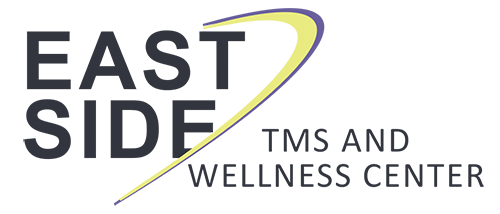 Treatments for depression have significantly progressed over the years, and there are now many different ways to improve your mental health. Transcranial magnetic stimulation is now one of the most popular treatments for depression. But many people still confuse this treatment with electroconvulsive therapy (ECT). TMS and ECT are two different forms of treatment, and we will explore this in greater detail below!
Treatments for depression have significantly progressed over the years, and there are now many different ways to improve your mental health. Transcranial magnetic stimulation is now one of the most popular treatments for depression. But many people still confuse this treatment with electroconvulsive therapy (ECT). TMS and ECT are two different forms of treatment, and we will explore this in greater detail below!
What is Transcranial Magnetic Stimulation (TMS)?
Transcranial magnetic stimulation (TMS) is a treatment for depression that utilizes a magnetic field to stimulate specific cells in your brain. It is a non-invasive and pain-free treatment that involves placing an electromagnetic coil on your head to deliver magnetic pulses of small electrical currents. This can gradually shift the connections in neural networks and actually change the functioning of your brain, resulting in improved happiness and wellbeing.
What is Electroconvulsive Therapy (ECT)?
Electroconvulsive therapy (ECT) is a depression treatment that utilizes electric currents directly to the brain. To undergo ECT, you first must be put under general anesthesia because the electrical currents can cause a brief therapeutic seizure to influence the function of the neurons and chemicals in your brain. ECT is also pain-free, but there are some risks associated with the use of anesthesia, so it is only used in the case of severe depression.
Transcranial Magnetic Stimulation (TMS) vs. Electroconvulsive Therapy (ECT)
Both TMS and ECT are highly effective treatments for depression, but they do have some distinct differences. Below we will compare the key factors regarding TMS and ECT to help you determine which is best for you.
- Success Rate
- Research on ECT does indicate a higher success rate in treating depression than TMS
- Due to its non-invasive approach, most patients prefer TMS over ECT, and it is still a highly effective treatment for depression
- Side Effects
- ECT patients sometimes report side effects including headaches, muscular pain, nausea, and occasionally long-term memory issues
- TMS patients report minimal to no side effects, and when they do occur, they are often only short-term
- Treatment Methodology
- ECT involves electrical currents and requires the patient to undergo general anesthesia
- TMS involves magnetic currents which are not applied directly and do not require any anesthesia
- Number of Treatments
- The typical treatment course for ECT is 2 to 3 times per week for a total of 6-12 treatments
- TMS treatments typically last 9 weeks, with 36 treatments total provided during that time
- Cost
- ECT can be more expensive than TMS
- Your health insurance may cover both treatments
- Patient Specifics
- ECT is typically only used in extreme cases of depression due to the increased side effects and risks of anesthesia
- TMS cannot be used with patients with a non-removable metallic object near the treatment coil, such as pacemakers, stents, cochlear implants, or aneurysm clips
Transcranial Magnetic Stimulation (TMS) in Renton, WA
Both electroconvulsive therapy (ECT) and transcranial magnetic stimulation (TMS) are effective treatment options for depression. At the end of the day, it is essential to talk to your doctor to figure out which is best for you. If you are looking for TMS treatments near Renton, WA, or would like more information on what transcranial magnetic stimulation entails, then reach out to us at Eastside TMS and Wellness Center for more details!



